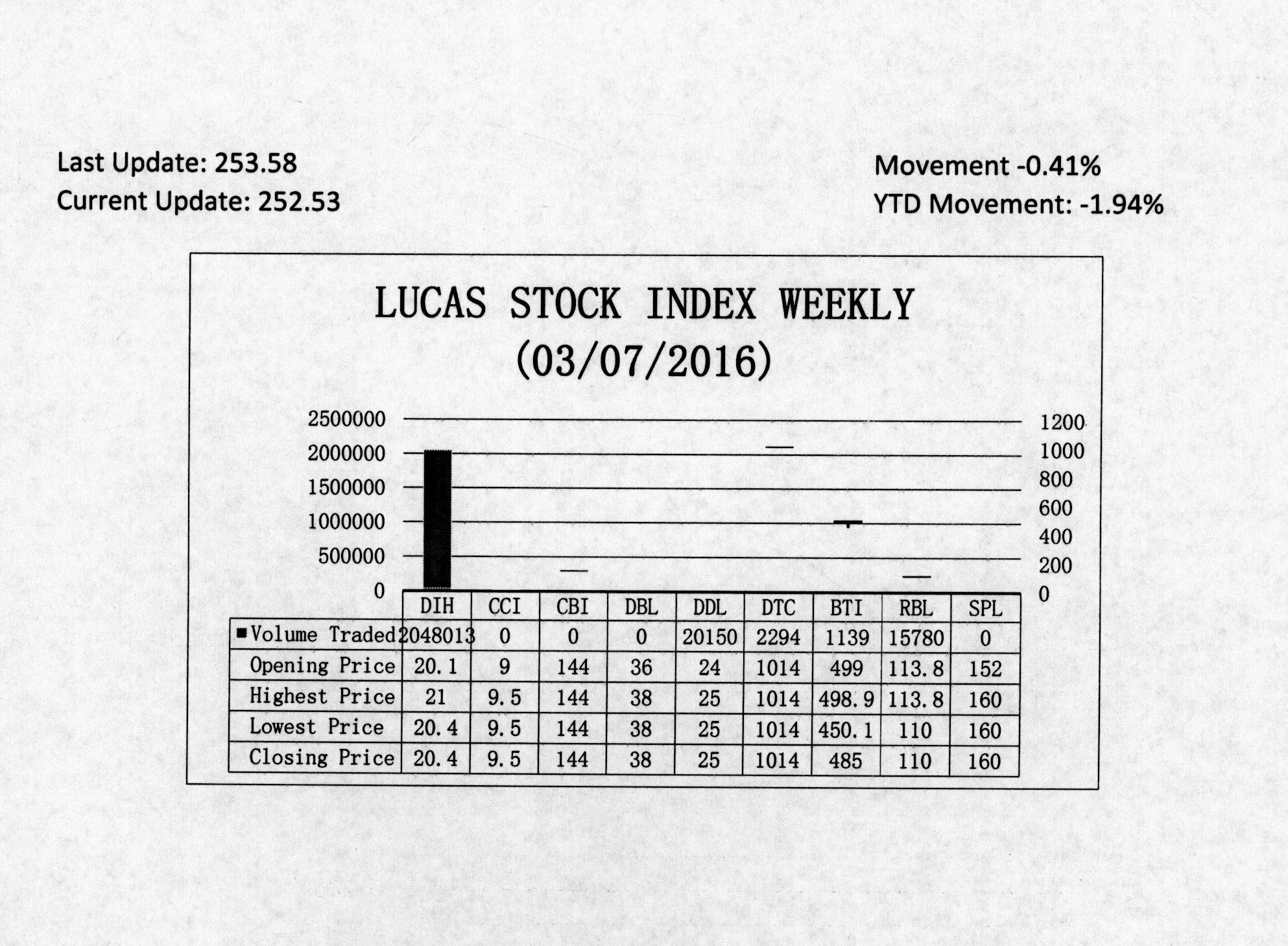Confidence
This article is intended to share this writer’s understanding of the Caricom Single Market and Economy (CSME) and to begin the process of considering how it could be made to work better for Guyana. It might also reveal the confidence that this writer has in the ability of the regional integration movement to survive the continual threats to its existence in the face of insufficient financial  support coming from regional governments, the custodians of the movement on behalf of the people of the Caribbean. It is believed that the conditions (small economies and undeveloped production structures) and benefits (higher employment, economies of scale and lower prices) that prompted the formation of the integration movement are still present in the region and they remain the imperative for sustaining the movement. Yet, every member country has to challenge itself to bring forth its best efforts in service of the people of the region and in pursuit of the economic benefits of economic integration. This article also begins the process of exploring how Guyana can live up to the expectations that many have of the contribution that it could make towards increasing the wealth of the region.
support coming from regional governments, the custodians of the movement on behalf of the people of the Caribbean. It is believed that the conditions (small economies and undeveloped production structures) and benefits (higher employment, economies of scale and lower prices) that prompted the formation of the integration movement are still present in the region and they remain the imperative for sustaining the movement. Yet, every member country has to challenge itself to bring forth its best efforts in service of the people of the region and in pursuit of the economic benefits of economic integration. This article also begins the process of exploring how Guyana can live up to the expectations that many have of the contribution that it could make towards increasing the wealth of the region.
Markets of Caricom
Where Guyana is concerned, the opportunities for economic expansion lie within the markets of Caricom and the series of open markets across the continents of the world. Beyond its borders, the countries of Caricom represent the extension of the domestic market of Guyana. It is the claim and virtue of the single market. But Guyana has not begun to penetrate the enlarged domestic market that exists in the Caribbean region that is now available under the single market regime. The lackadaisical effort in

